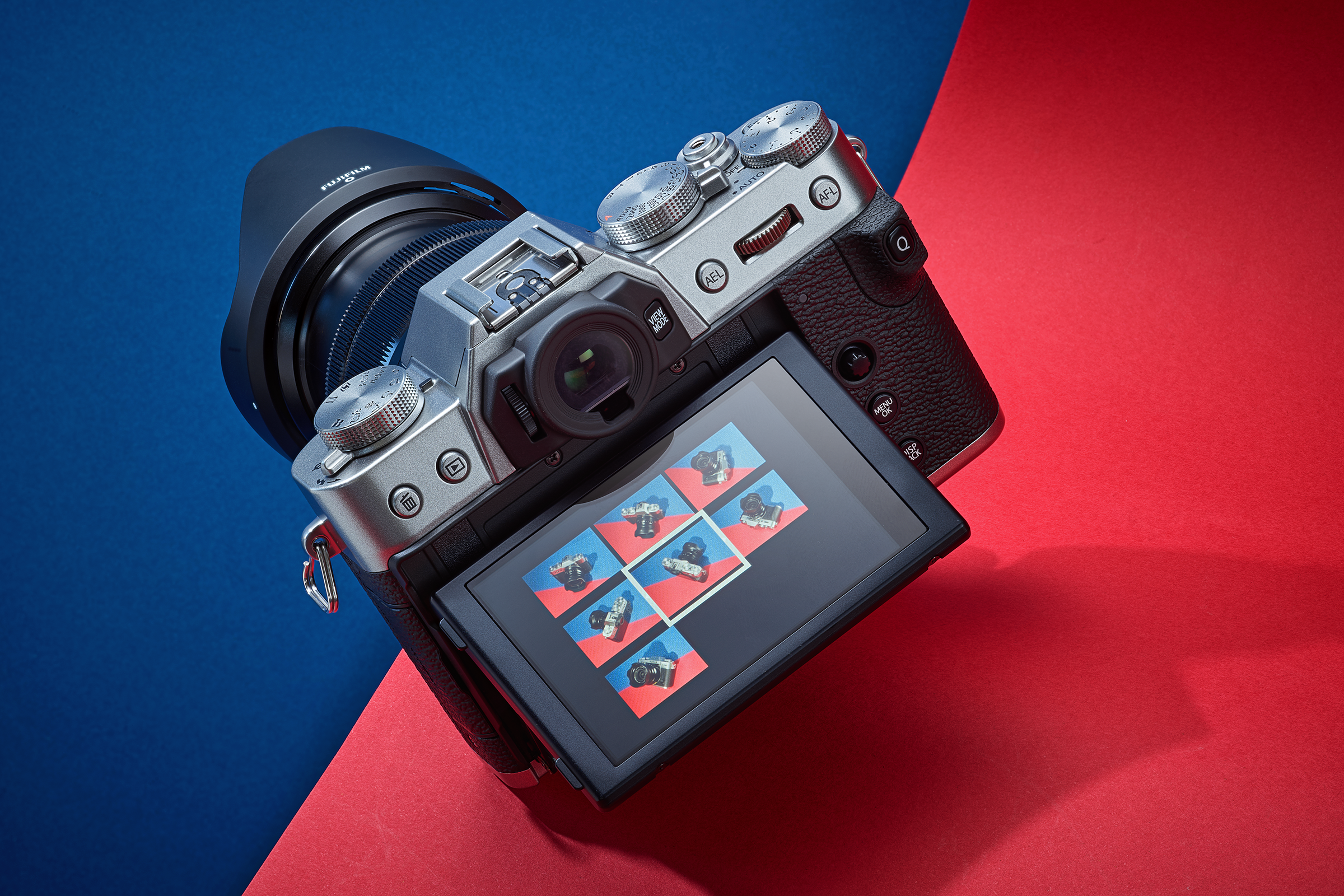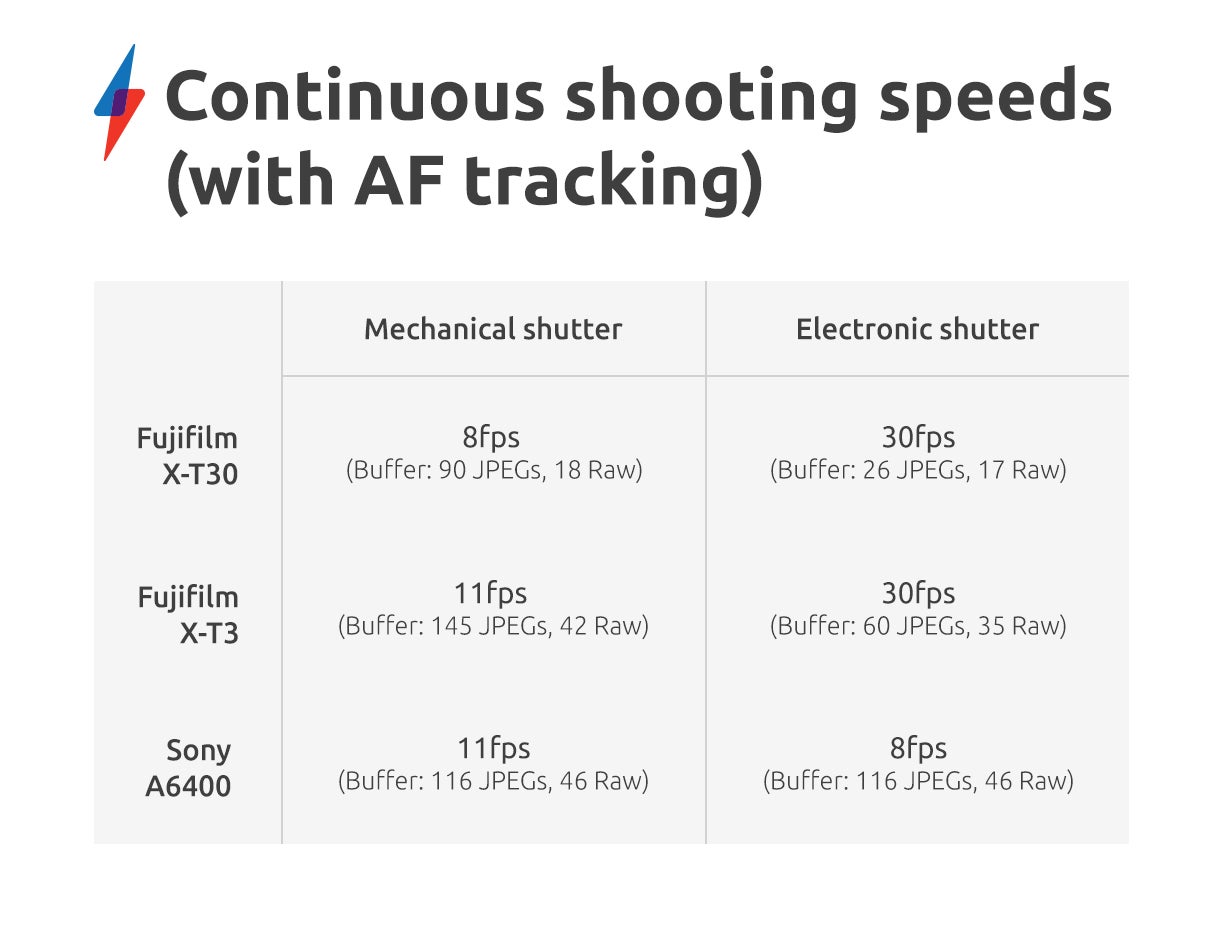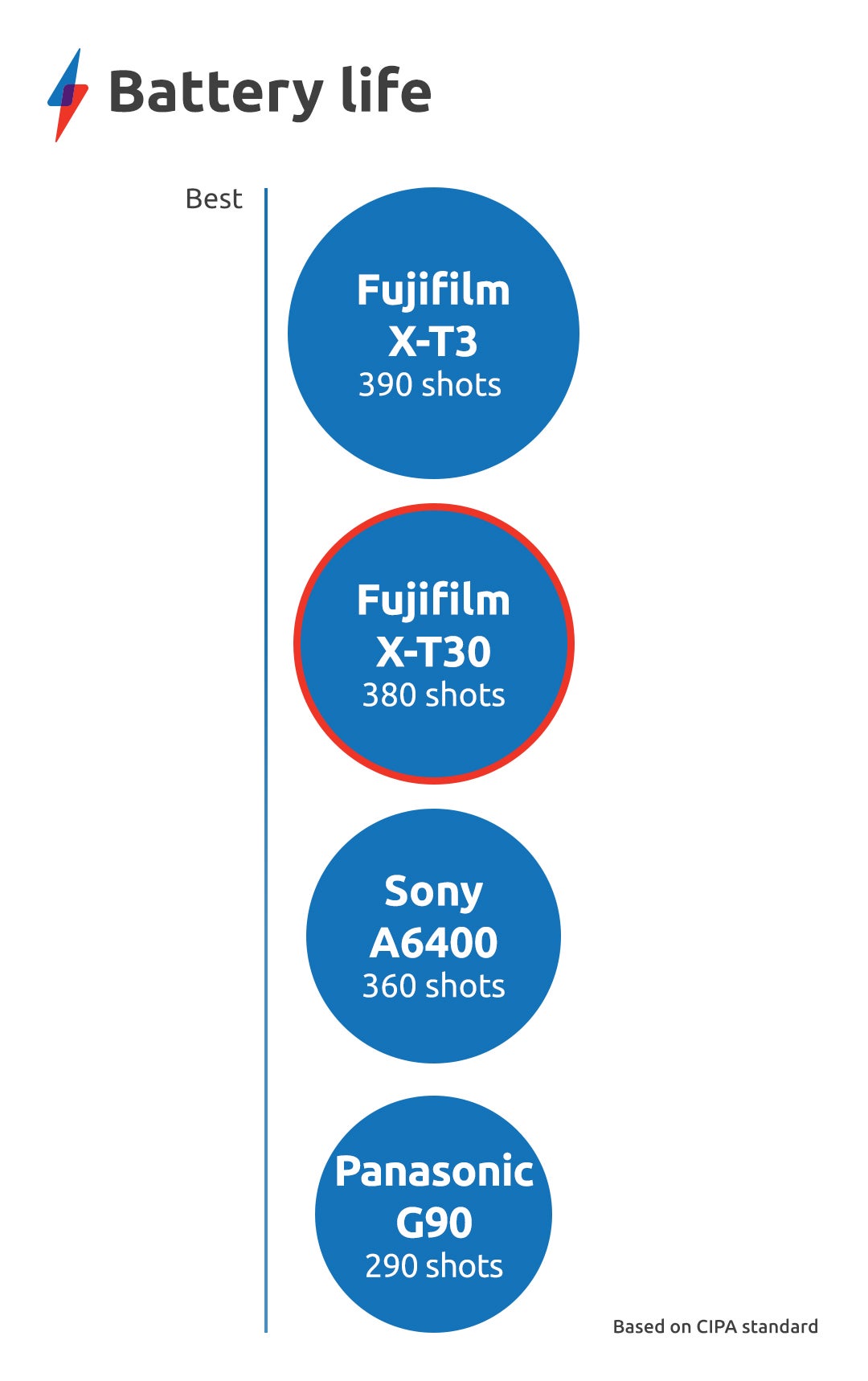Fujifilm X-T30 Review - Performance Review
Performance
How well does the Fujifilm X-T30 perform? The X-T30’s autofocus is one of the biggest improvements on its predecessor and is great for capturing moving subjects Burst shooting with both the mechanical and electronic shutters is very good for a camera of this size, making it a versatile camera that’s comfortable in most situations The […]
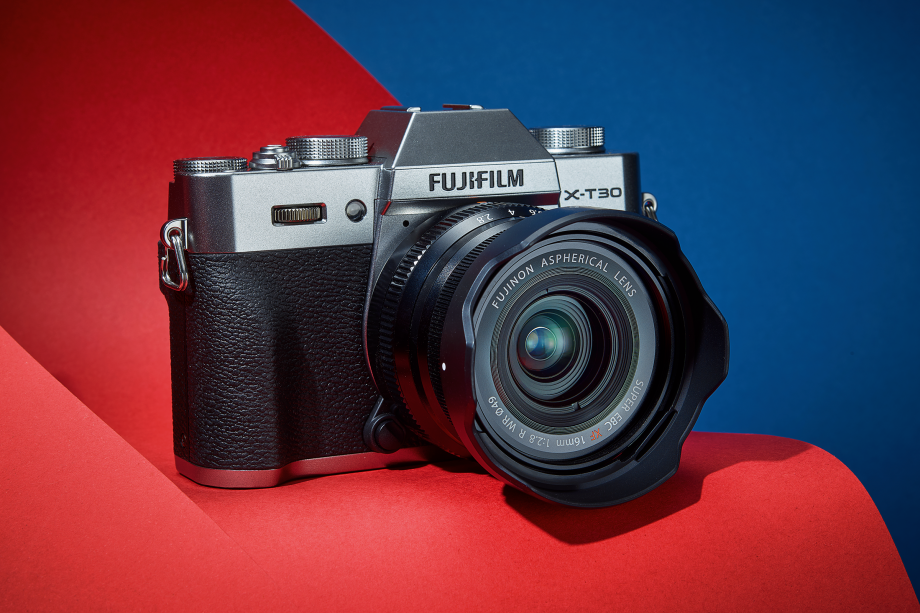
Sections
- Page 1 Fujifilm X-T30 Review
- Page 2 Performance Review
- Page 3 Image and video quality Review
- Page 4 Lenses Review
How well does the Fujifilm X-T30 perform?
- The X-T30’s autofocus is one of the biggest improvements on its predecessor and is great for capturing moving subjects
- Burst shooting with both the mechanical and electronic shutters is very good for a camera of this size, making it a versatile camera that’s comfortable in most situations
- The X-T30 has a relatively small EVF magnification and eyecup, which is something to bear in mind if you’re used to larger viewfinders or wear glasses
The Fujifilm X-T30 packs in a very impressive range of features for a camera of this size, and backs this up with almost faultless real-world performance.
While it’s edged out by the larger Fujifilm X-T3 in some respects, like buffer capacity in continuous shooting, and is perhaps marginally beaten by the Sony A6400 when it comes to autofocus, it remains the best all-rounder you can buy for under £1,000.
Whether you’re snapping portraits in the street or trying to snag gig photos in tricky lighting, its autofocus, burst shooting and size will help you grab some smartphone-beating photos.
Autofocus
The X-T30’s autofocus performance is a big improvement on the X-T20 and is among the best for a camera of this size and price point.
This is the result of a couple of improvements. The X-T30’s new X Trans CMOS 4 sensor can, according to Fujifilm, process four times as much AF data as its predecessor. And a new AF algorithm is on board to improve the smooth out some of the previously jittery tendencies of Face and Eye tracking.
The result? The X-T30 is a camera that can confidently lock onto most subjects with very little hesitation, even in gloomy conditions that are more of a challenge for older cameras like the X-T20.
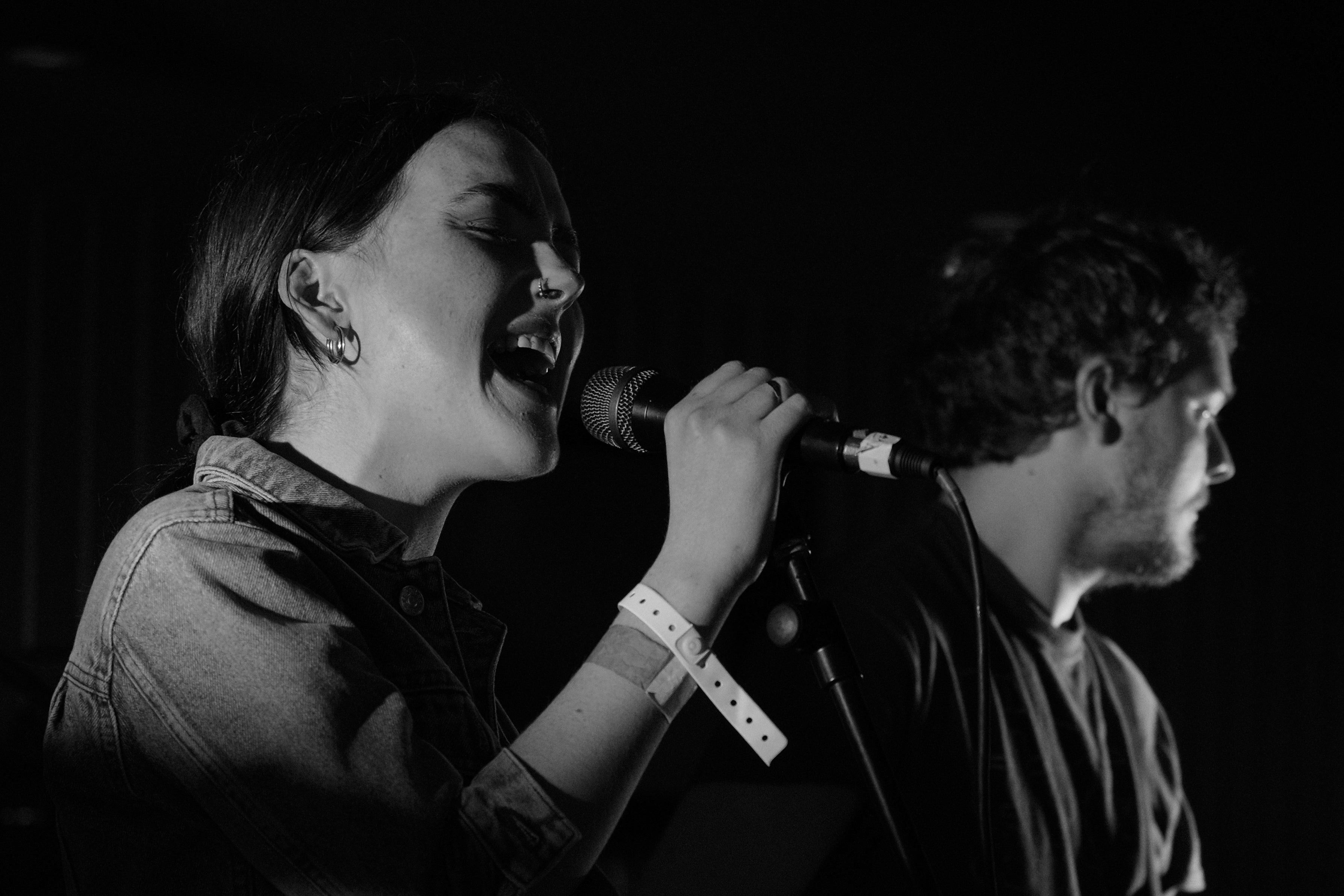
When it comes to shooting people, the Face and Eye tracking is impressive too. It’s perhaps not quite as reliable as the Sony A6400’s AF system, which is the best around at this price, but it swiftly picks up faces across the frame, as long as they’re standing fairly close to the camera.
You can use the AF joystick to switch between faces in a scene and, while the Face Detection could be made a little stickier in a future update, it’s very useful for shooting moving portraits.

The Eye AF is particularly handy for portraits, highlighting eyes with a little yellow square inside the green face-detection box
Continuous shooting

When using the X-T30’s mechanical shutter – which doesn’t suffer from the rolling shutter you can get with electronic shutters – you can fire off frames at a very solid 8fps.
Switch to the electronic shutter though, and it matches the X-T3’s ability to rattle of 30fps (albeit with a slight crop). If you don’t want any crop at all, it can still shoot at 20fps, which is more than enough for most action-based situations, though you’ll preferably want to do this with a fast prime lens to help preserve image quality.
Compared to larger cameras like the Fujifilm X-T3, the X-T30’s buffer is a little limited if you’re mainly shooting in Raw. But if you mainly shoot JPEGs, there’s enough power on board to help you snag your money shot.
EVF magnification
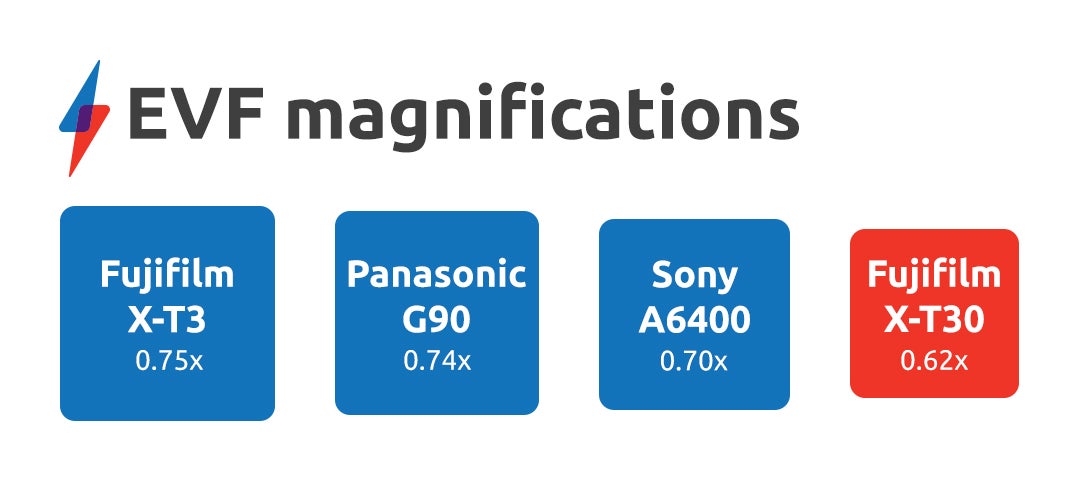
Along with trickier handling and operation, one of the downsides of a smaller body like the X-T30 is its viewfinder size.
While the X-T30’s EVF is both more responsive and smoother than the one found on its predecessor, it has the same 0.62x magnification.
Despite this comparatively small magnification compared to its rivals, its 2.36-million dot resolution and 100fps refresh rate (in Boost mode) make it perfectly fine for framing your shots.
Perhaps the more important factor to bear in mind is the smaller eyecup (particularly compared to the X-T3), which can make the shooting experience a little less comfortable for those who wear glasses or, like me, have ‘generously’ proportioned noses.
Battery life
Mirrorless cameras tend to have significantly shorter battery lives than DSLRs, due to their smaller size and electronic viewfinders.
Despite being considerably smaller than the X-T3, though, the X-T30 has an almost identical battery life, because it uses the same NP-W126S battery pack.
This means you get around 380 shots per charge – in other words, about half a day of intensive shooting, depending on your style.
You can, though, recharge the X-T30 on the move with a portable USB-C battery pack (preferably one with PD, or Power Delivery) or buy spare batteries for around £40 each.


